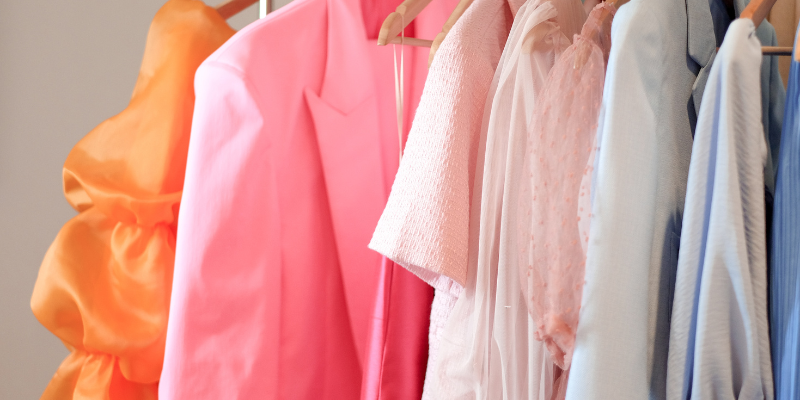Mastering the art of mixing and matching colors in your outfits can elevate your style to new heights. The right color combinations not only enhance your appearance but also reflect your personality and mood. While it might seem daunting at first, understanding a few fundamental principles can make this process enjoyable and rewarding. By blending creativity with a touch of strategy, you can create harmonious and eye-catching ensembles effortlessly.
One of the simplest ways to start is by using the color wheel, a tool often employed by designers and artists. It’s divided into primary, secondary, and tertiary colors, offering a visual representation of how colors relate to one another. Understanding these relationships is the foundation of creating striking combinations. Complementary colors, like blue and orange or yellow and purple, sit opposite each other on the wheel. When paired, they create a bold and vibrant contrast, making them ideal for statement outfits. For instance, a cobalt blue blazer with a burnt orange skirt can turn heads while remaining stylish.
For a more subdued look, opt for analogous colors—those that sit next to each other on the color wheel. These combinations, such as green with blue or red with pink, are naturally harmonious and easy to style. Wearing a pastel blue dress with a mint green jacket, for example, exudes an air of sophistication and calmness. Analogous pairings work particularly well in casual and professional settings, offering a blend of elegance and comfort.
Neutral colors, including black, white, gray, beige, and navy, are the backbone of any wardrobe. They pair effortlessly with almost any color and are perfect for balancing out vibrant hues. When in doubt, start with a neutral base and add pops of color through accessories or layers. A classic white shirt with black trousers, for instance, can be enlivened with a bright red scarf or a teal handbag, adding personality to an otherwise minimalistic look.
Patterns also play a significant role in mixing and matching colors. While incorporating patterns, ensure at least one of the colors matches your solid pieces. This creates cohesion while allowing the pattern to stand out. For example, a floral blouse with hints of yellow can be paired with mustard pants, tying the outfit together seamlessly. Stripes, plaids, and polka dots are versatile patterns that can add depth to your look when paired thoughtfully.
Texture can further enhance your color combinations. Mixing fabrics like silk, denim, and leather introduces visual interest, allowing you to experiment with shades and tones. For instance, pairing a deep burgundy leather jacket with a soft blush pink sweater creates a striking contrast in both color and texture, resulting in a balanced and fashionable outfit.
Lastly, consider your skin tone when choosing colors. Warm-toned individuals often look best in earthy hues like olive green, burnt orange, and gold, while cool-toned individuals shine in jewel tones like sapphire blue, emerald green, and amethyst purple. Identifying your undertones can help you select colors that flatter your complexion, making your outfits even more eye-catching.
By combining these principles with a willingness to experiment, you can develop a knack for mixing and matching colors like a pro. Whether you’re dressing for a casual outing, a business meeting, or a formal event, the right color combinations can boost your confidence and leave a lasting impression. So, don’t be afraid to play with hues, patterns, and textures—your wardrobe is your canvas!

